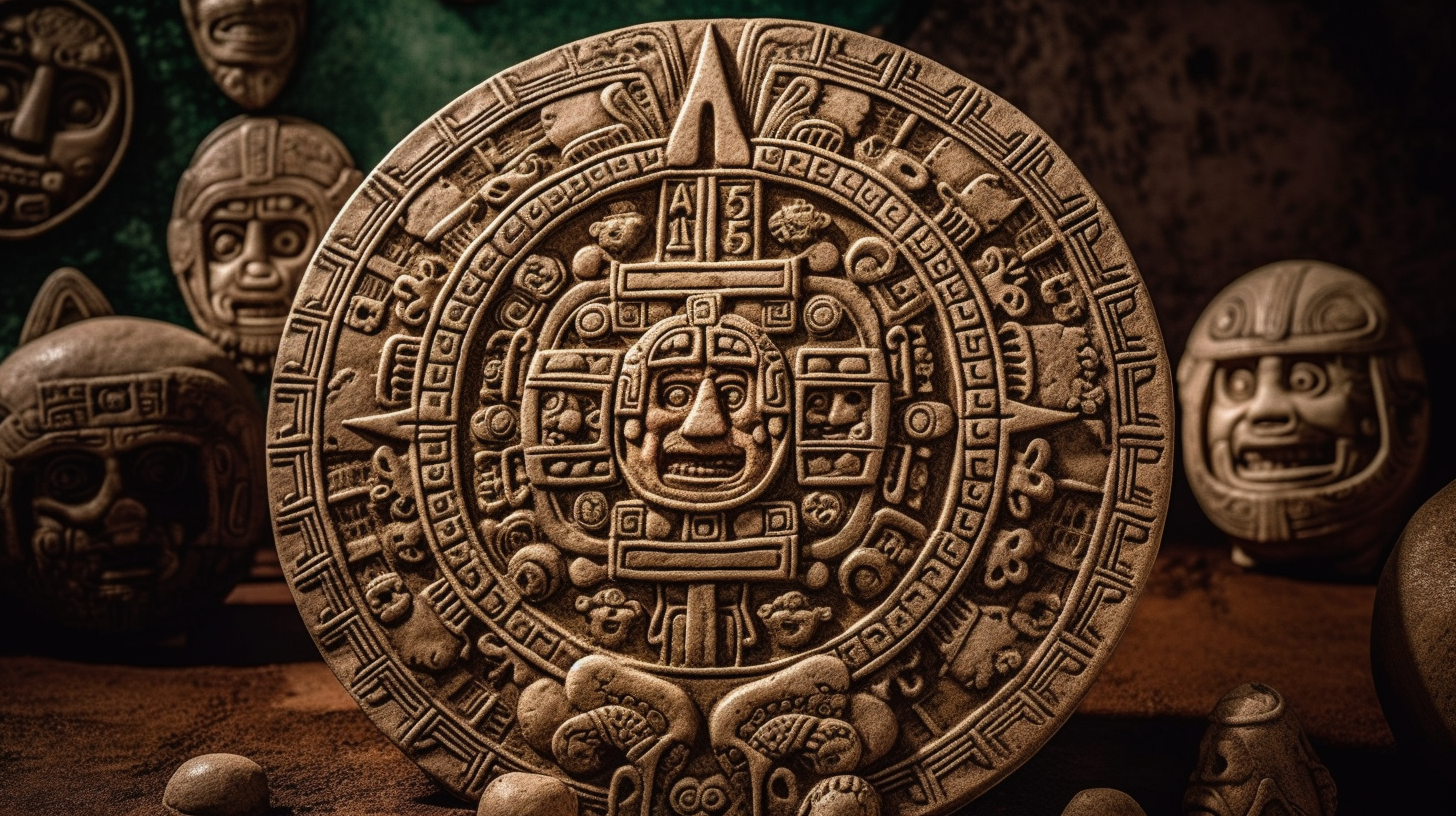For decades, researchers have sought to unravel the mysteries surrounding the Maya civilization’s calendar system, particularly the enigmatic 819-day count. Recent research by John H. Linden and Victoria R. Bricker, published in the journal Ancient Mesoamerica by Cambridge University Press, has shed new light on the subject, revealing fascinating connections between the calendar and the movements of visible planets. This breakthrough in understanding has provided a more comprehensive view of the Maya’s astronomical knowledge and their interest in celestial cycles.
The 819-Day Calendar
The 819-day count is part of the Maya calendar system, which has long intrigued scholars due to its complexity and ties to the ancient civilization’s astronomical observations. The count is divided into four color-directional cycles, each lasting 819 days, for a total of 4 x 819 days. However, this four-part structure did not seem to fit well with the synodic periods of the visible planets.
Linden and Bricker’s research has demonstrated that by increasing the calendar length to 20 periods of 819 days, a pattern emerges where the synodic periods of all visible planets, including Venus, Mars, Jupiter, and Saturn, commensurate with station points in the larger 819-day calendar. This extended calendar length, spanning approximately 45 years, is the key to understanding the intricate connections between the Maya’s calendar system and their observations of planetary movements.
The Tzolk’in and Haab’ Calendars
In addition to the 819-day count, the Maya calendar system also included the Tzolk’in and Haab’ calendars. The Tzolk’in is a 260-day calendar, consisting of 13 numbers and 20 day names, while the Haab’ is a 365-day solar calendar, composed of 18 months of 20 days each, plus a final month of 5 days. These calendars were used in conjunction with the 819-day count to track celestial events and their influence on earthly affairs.
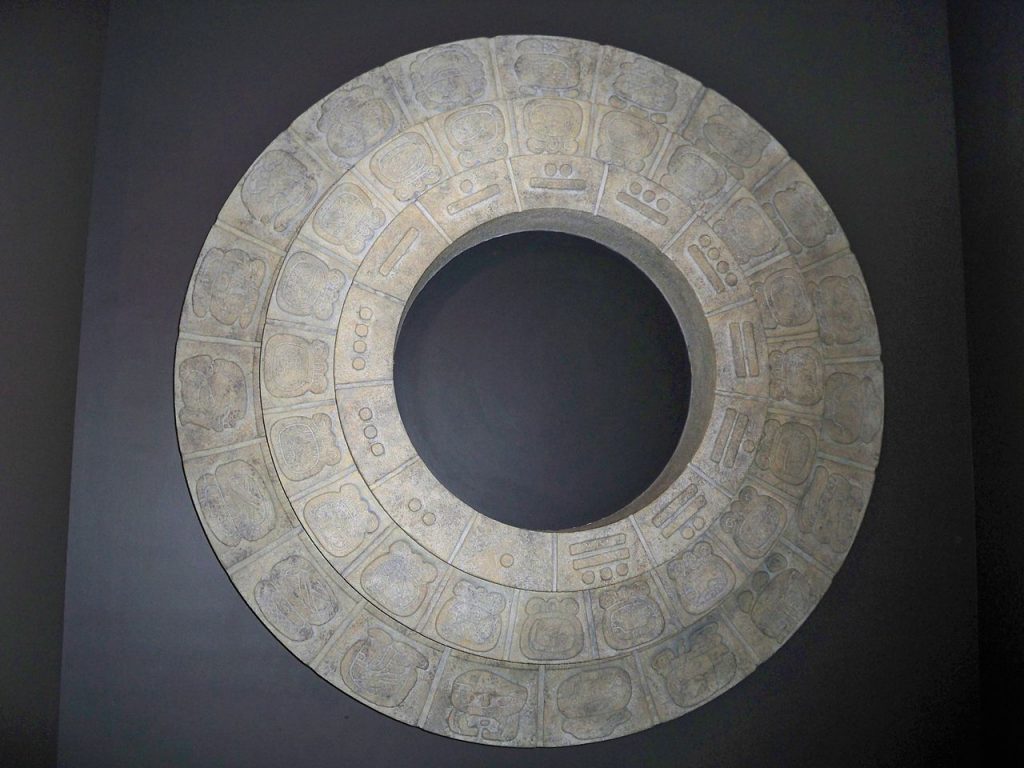
The Significance of the Research
The discovery of the connections between the 819-day count and the movements of visible planets has provided valuable insights into the Maya’s sophisticated understanding of celestial cycles. The extended calendar length allows for a more comprehensive view of the ancient civilization’s astronomical knowledge and their interest in predicting the patterns of the cosmos.
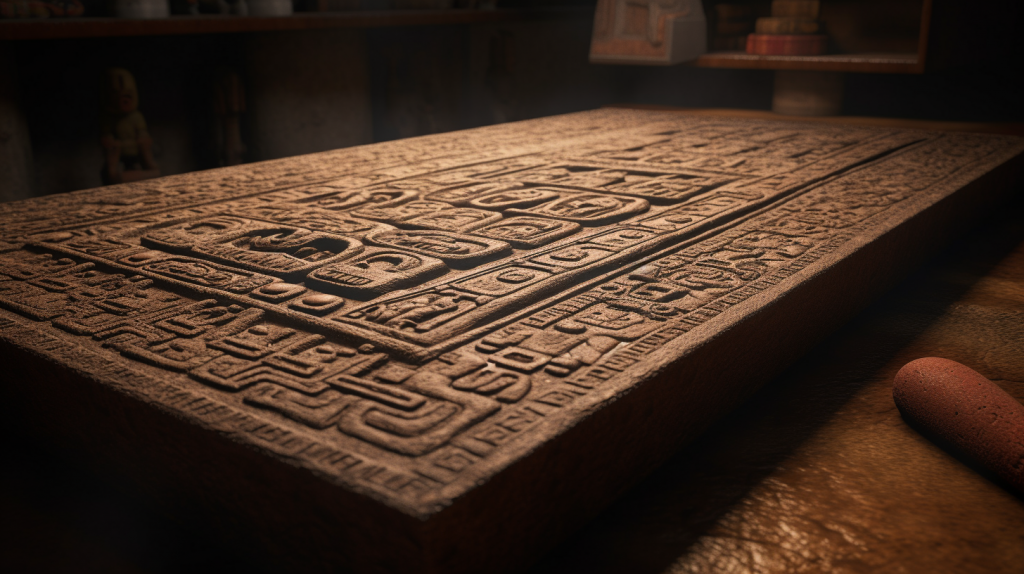
As Linden and Bricker state in their research, “Arguably the most enigmatic of the Maya calendar cycles, the 819-day count has challenged modern scholars for decades. Even today, it is not completely explained and there are several areas for further research, including its relationship with the synodic periods of the planets visible to the naked eye.”
This breakthrough in understanding the 819-day calendar count has not only unlocked the secrets of the Maya’s complex calendar system but has also provided a window into the astronomical knowledge of this ancient civilization.
Did the Maya Really Predict the End of the World?
The 2012 doomsday scenario, where some people believed that the world would end on December 21, 2012, was based on a misinterpretation of the Maya Long Count calendar. According to the Maya beliefs, this date marked the end of a 13th Bak’tun, a time period of approximately 5,126 years. However, the end of a Bak’tun was not associated with an apocalyptic event but rather the beginning of a new cycle.
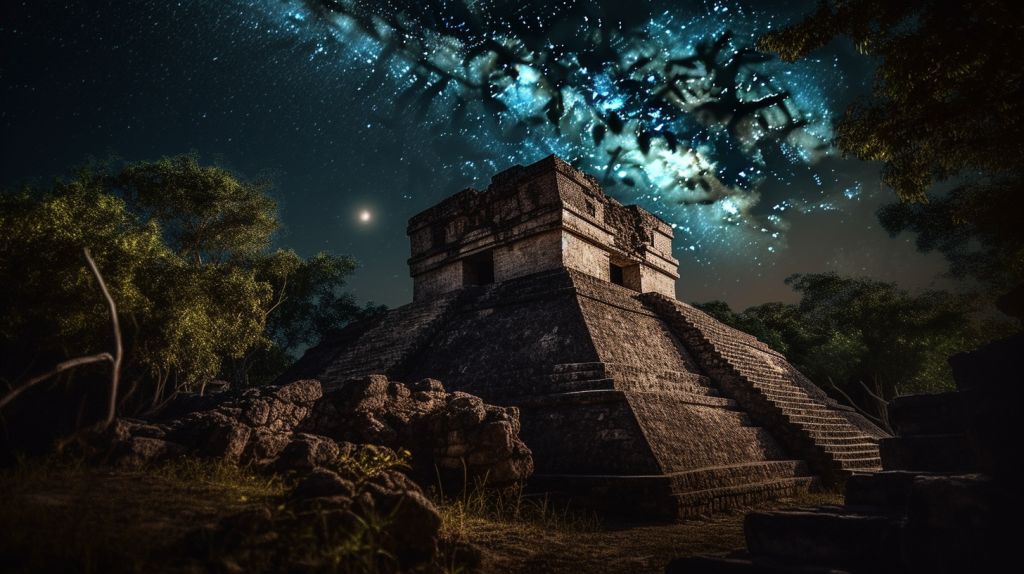
In the “Ancient Maya Astronomical Tables from Xultun, Guatemala” study published in Science, researchers presented evidence that the Maya did not foresee a catastrophic event on December 21, 2012. Instead, their calendar system continued into the future, with cycles of creation and destruction that would span for thousands of years. This is further supported by the fact that the ancient Maya had inscriptions that mentioned dates well beyond 2012.
The IFL Science article “How the Maya Imagined the World Would End (or Not)” explores the Maya beliefs around the end of the world. According to this source, the Maya imagined a series of transformative events, with multiple cycles of destruction and rebirth. These events would be more like a purifying process, allowing the world to continue in a new form rather than complete annihilation.
It’s essential to recognize that the Maya calendar system, with its intricate cycles and interlocking time periods, was deeply rooted in their cosmology and religious beliefs. The discovery of the astronomical significance of the 819-day calendar and its connections to planetary cycles further highlights the Maya’s remarkable understanding of the cosmos.
Conclusion
The recent breakthrough in understanding the Maya 819-day calendar count by John H. Linden and Victoria R. Bricker has provided valuable insights into the ancient civilization’s fascination with the cosmos and their intricate knowledge of celestial cycles. By extending the calendar length to 20 periods of 819 days, the researchers have revealed connections between the Maya’s calendar system and the movements of visible planets, demonstrating their profound understanding of astronomy.
This discovery not only helps us to better appreciate the complexity of the Maya calendar system but also serves as a reminder that the ancient civilization was far more interested in observing and understanding the patterns of the cosmos than predicting the end of the world. As we continue to explore the mysteries of the Maya civilization, we can learn from their curiosity and appreciate their enduring contributions to our understanding of the universe.
Maya Civilization: A Glimpse into a Remarkable Ancient Society
The Maya Civilization was a highly advanced society that flourished in Mesoamerica from around 2000 BCE to the 16th century CE. They were known for their sophisticated architecture, advanced mathematics, and accurate astronomical knowledge. The civilization was comprised of numerous city-states, each with its own ruler, and spanned across present-day Mexico, Belize, Guatemala, and Honduras.
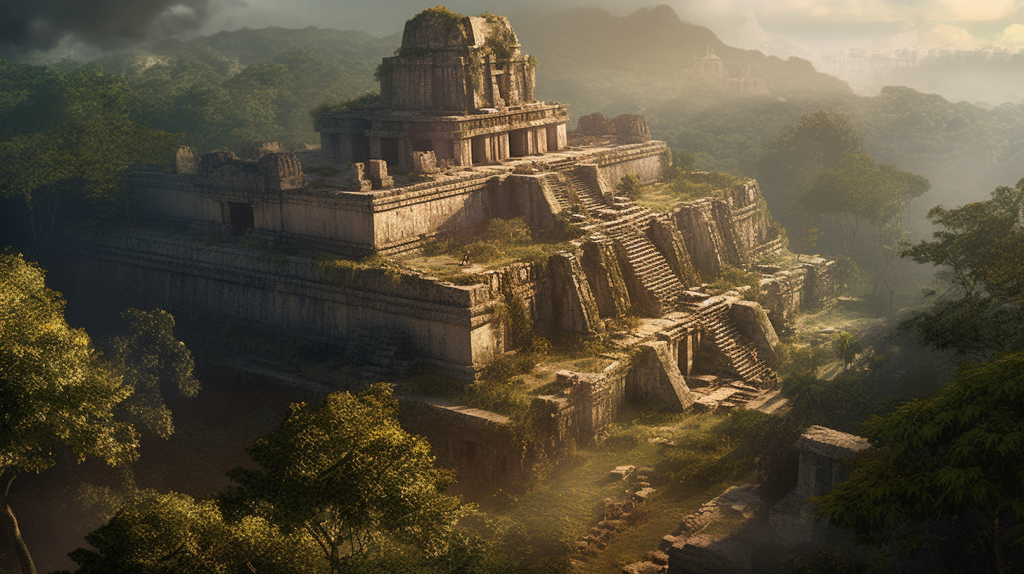
One of the most notable achievements of the Maya was their intricate calendar system. They used multiple calendars, including the Tzolk’in, Haab’, and the Long Count, which allowed them to keep track of both religious and secular events. The Maya were also skilled in writing, employing a complex hieroglyphic script that was decoded only in the 20th century. This script has provided modern scholars with invaluable insights into their culture, history, and beliefs.
The Maya civilization was also renowned for its monumental architecture. They built impressive temples, palaces, and observatories, many of which still stand today. Among the most famous sites are Tikal, Chichen Itza, Palenque, and Copán. These structures often featured intricate carvings and reliefs, showcasing the Maya’s advanced artistry and craftsmanship.
Despite its remarkable achievements, the Maya civilization eventually declined, with many of its cities being abandoned by the end of the 10th century CE. While the exact causes of this decline remain debated, factors such as warfare, environmental changes, and social upheaval are thought to have contributed. Nevertheless, the Maya civilization’s legacy endures, continuing to captivate scholars and the general public alike with its intriguing history and impressive accomplishments.

